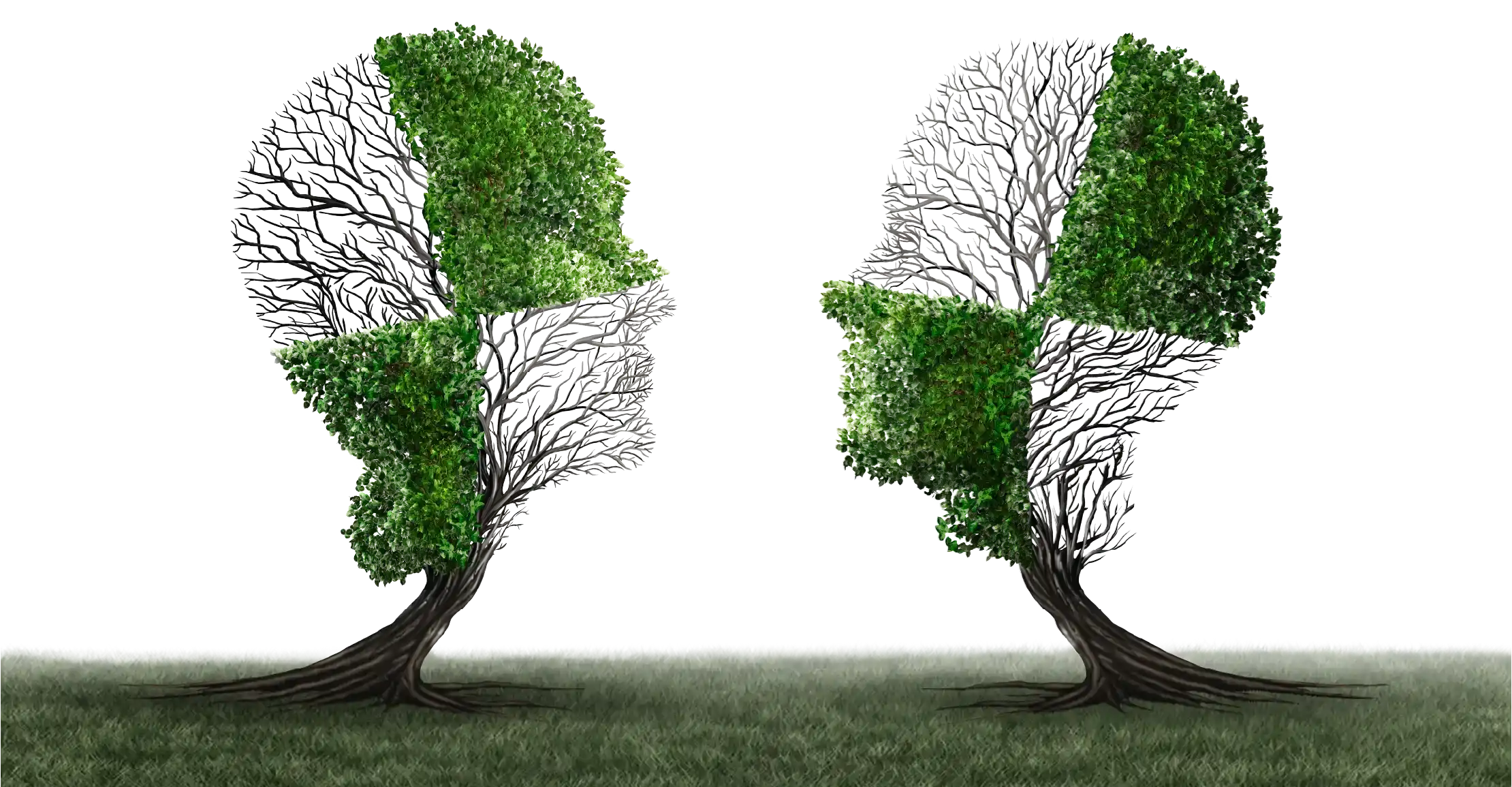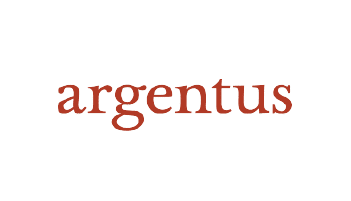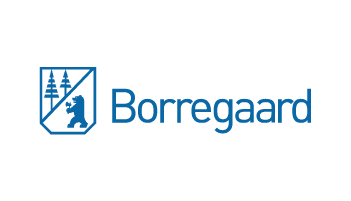
Audio and video transcription
Conversations, recordings, negotiations – would you like to document the verbal communication on paper? We will be happy to help.
Put your faith in the expertise and experience of our native-speaker professional translators. Trust in ACT Translations.
or
Home » Armenian translations for your company
The Armenian language is regarded as an independent branch of the Indo-European language groups. It is spoken by approximately seven million people, of which about three million live in Armenia.
From a historical perspective, the Armenian language developed from Old Armenian, also known as “Grabar”. It was used as a written language from the 5th–11th centuries – first for the translation of the Bible and as a scholarly language into the 19th century. The spoken language continued to evolve into Middle Armenian until the 17th century and subsequently into Modern Armenian. Two written languages developed from various dialects in the 19th century: Use of Eastern Armenian, called “Ashkharhabar”, spread mainly in Armenia, Azerbaijan and Georgia, Iran and India; Western Armenian is spoken predominantly in Turkey, the Middle East, Europe and the USA.
In terms of phonology, Armenian hardly has anything in common with the Indo-Germanic languages. The extensive case system with its seven cases was preserved. The language has no gender and the simplified verb forms are formed using auxiliary verbs. The word order in a sentence follows the “subject – predicate – object” rule. The vocabulary contains numerous Iranian, Syrian, Greek, Arabic, French and Turkish loanwords. Armenian is spoken with many occlusive and fricative sounds; there are 26 consonants that can be combined in different ways. Armenian is written in its own alphabet comprising 39 letters and was originally devised by a monk back in the 5th century.
Contact ACT Translations, if you need help with Armenian translations.
Get a free instant quote now.
Business clients only
Our service is only available for companies

Key Account Manager
Our experts will find the right solution for you.

Conversations, recordings, negotiations – would you like to document the verbal communication on paper? We will be happy to help.

Language services A single proofreading session is often not enough for higher quality, which is why our in-house quality assurance…

Out marketing specialists analyze, translate and optimize your existing SEO content, write entirely new content and adapt the SEA translation of your adds to the unique culture in your target market.












Benefit from our additional services for your business
Your personal contact provides expert and solution-oriented advice. We use cutting-edge technology and a sure feel for languages to deliver expert, on-target translations.
Your deadlines are our deadlines, and we strive to make the whole process easy for you. That’s what we mean by quality. Our translation service goes the extra mile.

Kirti Sawhney-Kersten, Key Account Manager
Phone: +49 2161 56711 – 59
Email: [email protected]
You need to load content from reCAPTCHA to submit the form. Please note that doing so will share data with third-party providers.
More InformationYou are currently viewing a placeholder content from ProvenExpert.com. To access the actual content, click the button below. Please note that doing so will share data with third-party providers.
More Information